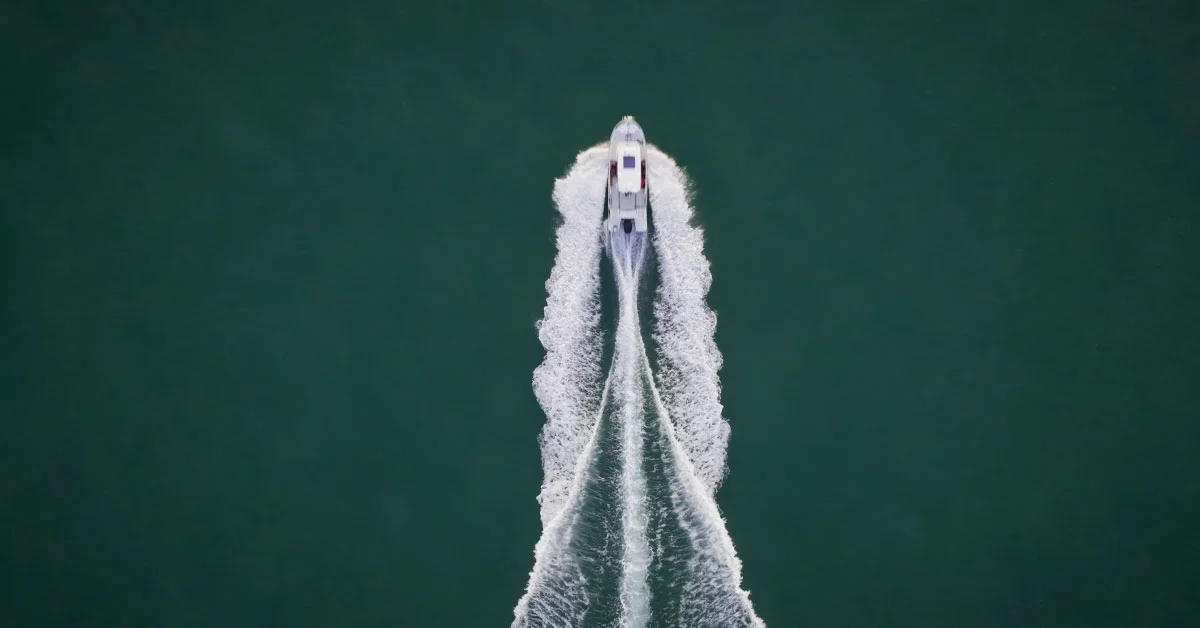During my intensive explorations for over 5 years in Dieppe, preparing for my fishing guide activity, I’ve had the pleasure of catching trophy fish. Among them, I caught this 4.825 kg ray, officially recognized as the French record.
I decided to enhance my knowledge of this species almost 10 years ago to find large specimens using light tackle. The thornback ray is the most common species in Dieppe. Known for its graceful and expansive swimming, it offers exceptional fights. A 2 kg ray fights like a 3 or 4 kg bass.
Ray fishing offers powerful battles
When hooked, the ray doesn’t make the vigorous dash like a bass; instead, it resists the line steadily and shows consistent power throughout the fight. Moreover, it’s a prized fish in the UK, where it’s sought after from both shore and boat, in surfcasting as well as ledgering. British anglers mostly fish for it using large, aromatic baits. They often mix baits emitting strong odors. They frequently combine cuttlefish or squid, large lugworms, and oily fish. Regarding baits, fresh mackerel is indispensable, especially when it’s very fresh. British anglers pair these baits in pairs, secured with an elastic thread. They call this setup “cocktail baits.”
The largest specimens are naturally caught from boats. Sturdy rods equipped with spinning reels are suitable for ledgering. These anchored fisheries make fights more challenging in the current and require strong rods!

I decided to pursue this fish by drifting with modern, light gear initially designed for bay-jigging or slow-jigging. Like the tenya (lead head + shrimp), I am actively fishing with the rod in hand and bait presented live or a few inches from the sinker. The key was to understand the ray better to find and attract it.
Methodical Search to Find Large Rays
This bottom-dwelling fish forages in the substrate to dislodge its menu comprising shellfish, gastropods, worms, or crustaceans. The ray doesn’t refrain from surfacing or swimming in mid-water, fluttering its powerful wings to hunt small fish (mackerel, herring, sandeels, sardines, small flatfish) or cephalopods (cuttlefish, squids). But generally, they are found on the seafloor. Rays typically roam over sand, resting on the bottom or sometimes buried.
They approach beaches, especially sandbanks among rocks. They also follow sandy-muddy bottoms of channels and oyster and mussel beds. Offshore, I look around ridges, usually at depths ranging from 10 to 40 meters. The richness of the seabed creates quality habitat for these fish. Marine charts provide valuable information about the underwater terrain and its composition. A high ridge is marked by a depth indication significantly different from the average depth nearby.

Record Rays in Shellfish-Rich Grounds
While a few rays might wander on top of a ridge, especially at dusk, these rajids generally prefer flat bottoms near a ridge where prey accumulates. The swirls and counter-currents formed by these reliefs deposit various mollusks, bivalves, gastropods, even cephalopods. This attracts our ray, fond of all these individuals. Part of the food chain congregates here. Brittle stars and crustaceans settle in search of mollusk flesh, and various species circle these delicacies, such as gurnards, catsharks, or cod. So, rays share the booty with these creatures. When they hunt a small fish, they crush it on the floor with their wings and then leisurely savor it, leaving nothing for the neighbors.
A Few Hours of Research at Home and on the Water
A Few Hours of Research at Home and on the Water: The ray likes tender, fatty flesh, as well as shellfish and crustaceans that it crushes with its powerful jaws. During a recent fishing trip, a ray regurgitated two clam blanks and two langoustines, evidence of abundant food on the spot. On the marine chart, small-letter acronyms indicate the nature of the seabed. The letters “Sh” stand for Shells, meaning shellfish. The area around this acronym is therefore suitable for bottom-dwelling fish such as bream and rays, especially if this type of bottom is near a ridge, as explained above.

Meticulous Search for France’s Record Thornback Ray: These fishing spots cover more or less extensive areas. It took time to learn about the good fishing zones. Only after dozens of drifts, recording each bite, did the GPS point become accurate. Usually, unlike wrecks, a good ray fishing zone doesn’t concentrate on a specific point but on a small area marked by four or five GPS points.
Fishing for the French Record Thornback Ray
After spending hours scanning the areas, at the expense of other species that I had indeed found, I started catching increasingly larger rays. Until the day I was fortunate to find large specimens regularly, especially this 4.825 kg thornback ray, the French record holder in all categories, caught in Dieppe on October 21, 2017.

Catching this trophy fish had a particular satisfaction after so much research. It was caught in Dieppe on October 21, 2017, and weighed 4.825 kg on the scale.



